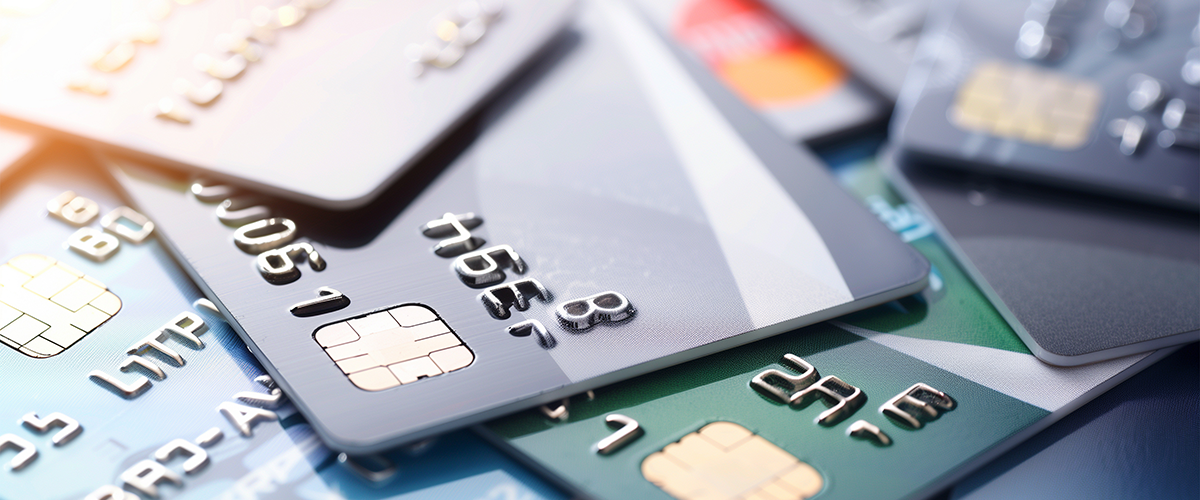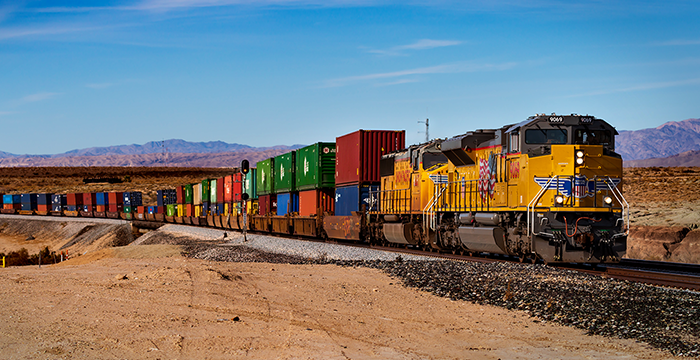Show me the incentives, and I’ll show you the outcome!
Jason Spilkin August 2024

In economics, the so-called “network effect” describes a phenomenon whereby the marginal value of a service increases as the userbase grows. By way of example, the more payment cards banks issue on Visa’s network, the more incentivised merchants are to accept Visa, hence the more users use them for purchases. Which means that banks are even more incentivised to issue them.
Back in the mid-1950s, most Americans maintained credit “accounts” with multiple merchants. That meant carrying a wad of cards in your wallet and settling several accounts at the end of every month. At least a dozen attempts by smaller banks had hitherto failed to crack the chicken-egg problem of an all-purpose credit card. In retrospect, these lacked the requisite scale to “incubate” a viable network.
In 1958, Bank of America (“BofA”) launched the BankAmericard credit card program (which became Visa) by “dropping” unsolicited credit cards into mailboxes across the city of Fresno in California, chosen because BofA enjoyed about a 45% market share there. The barrage of BankAmericards succeeded in terms of creating mass user and merchant adoption, although delinquencies were initially over five times higher than expected. In the following years, BofA continued their expansion across cities in southern California. After improving credit controls, the fraud problem was mitigated, and by 1961 the BankAmericard program was profitable.
By the mid-1960s, Master Charge (now MasterCard) had launched a competitor with aligned banks. In response, BofA opened their BankAmericard network program to competing banks through licencing deals. Alliances made sense because of the high proportion of fixed costs, which could be leveraged over a larger userbase, allowing for economies of scale to be realized. The “land grab” of credit card “drops” into post boxes across America continued until the practice was outlawed in 1970, by which time over 100 million credit cards were in issue (representing 50% penetration of the population). In 1970, BofA relinquished control of BankAmericard, with licensee banks taking joint equity stakes, to better align interests. Later the name changed to Visa.
Over time, Visa expanded their network across other countries and use cases. Today, their offering includes debit, credit and prepaid cards, associated services (fraud prevention, analytics, reward and loyalty programmes), payment technologies (contactless, chip & pin), online payments, mobile phone payments and multi-currency international transactions. Visa’s network focuses on speed, scale, and security, and is deeply intertwined into transaction authorisation, clearing and settlement. By way of an example:
- when a card user initiates a transaction, the data is transferred from the merchant’s point of sale terminal (“POS”) to the acquirer (merchant’s bank);
- Visa acts as an intermediary, routing the data to the issuing bank (of the card user) for approval based on the availability of funds, potential for fraud. All of this happens in real-time;
- once approved by the issuing bank, Visa co-ordinates the transfer of funds from the issuing bank to the acquirer. This happens at the end of the day when there is a reconciliation;
- Visa charges merchants a fee representing a fraction of the transaction, which it splits with the issuing bank (“interchange fee”) and acquirer bank (“processing fee”);
There are currently over 3 billion Visa cards in circulation, and it is amongst the most widely accepted payment networks. In the developed world, debit and credit card market shares are well consolidated. In the USA, Visa’s market share is over 60% and Mastercard’s is over 25%, with American Express (“Amex”) having just over 10%. Issuing banks and consumers choose Visa because of broad acceptance by merchants, security features, and fees kicked back to them. Merchants accept Visa (and MasterCard) because, frankly, they have little choice.
Charlie Munger once quipped “show me the incentives, and I’ll show you the outcome”. Visa and Mastercard’s “moats” are entrenched by the hefty fees festooned back to banks and rebates made to customers. Of the roughly 1.25% debit card “merchant discount” deducted from the average US transaction, Visa receives only about 0.11%, with the remainder split between the merchant bank, acquiring bank, merchant acquirer (who provides the POS to the merchant) and customer rewards programmes. Those air miles do not pay for themselves after all!
Indeed, Amex has long and successfully operated a differentiated model, by charging merchants even higher fees, which they rebate back to customers as much more generous rewards. Whereas a few miserly merchants might refuse Amex due to even higher fees, comfortable that customers will produce a Visa or Mastercard and with negligible effect on sales, they risk losing the sale entirely if they do not accept any of the networks as this effectively means accepting only cash, which is bad for business.
Digital wallets such as Apple Pay have been a boon for the card networks because they operate over their existing infrastructure whilst improving customer experience, reducing friction, and providing more ways to pay electronically (as opposed to using cash). Back in 2014, when Apple Pay was launched, there were fears that it could circumvent the networks, however these have not eventuated. Even PayPal, which started out offering accounts linked to bank accounts, capitulated long ago, by accepting cards to fund their wallet. Consumers choose to link their cards to digital wallets because it is more secure, and they can reap rewards.
Last year the Federal Reserve Bank launched a real time payments (RTP) service called FedNow, which is stoking fear into some sell-side analysts. Per a recent Barron’s article, one opined: “Pricing for FedNow is cheaper per transaction than debit”. Another: “Given this was developed by the Fed, we believe it is inevitable that most financial institutions will ultimately integrate into the system”. Bears highlight the success of similar government funded RTP programmes in developed markets such as Brazil and India. As a result of negative sentiment, Visa’s price earnings multiple has derated on a relative basis to the lowest level since 2014 as compared to the S&P 500 Index. Notwithstanding, growth abounds due to under penetration of electronic payments, which persistently replace cash.
Over the past few months, the networks have highlighted “ad nauseum” that RTP has coexisted in the UK for over 20 years, yet there has not been adoption for merchant payments (POS and online). There has only been adoption for business to business, bill payments (such as credit cards, mobile phone, or mortgages - which are all immaterial), and peer to peer. The common denominator for RTP adoption seems to be either recurring payments to “known” accounts (reduced risk); or low denomination “micropayments” (immaterial) serving less sophisticated clients who either don’t qualify for credit, or don’t wish to dole out dosh for a debit card.
Though RTP is instant, it is relatively rudimentary, irrevocable, and permanent - which makes it unsuitable for “anonymous” merchant payments. Moreover, middle class consumers covet credit cards, reward programmes, returning goods for refunds, reversing fraudulent transactions - all of which are unavailable in an RTP environment. They also value the consumer protections and dispute resolution protocols, when things go awry, and the networks “have your back”. That free cancellation of your package holiday in Crete is easier to recoup if you pay by credit card.
The customer experience is the same at checkout (instantaneous) for both RTP and card transactions. Consumers don’t care whether the merchant receives the funds instantaneously, or at the end of the business day; and neither do the card issuing banks. The networks “take rate” is less than 1/10th of the “merchant discount”, thus the majority is rebated back to the kingmakers. Consumers and banks choose the network based on their own self interests. In our view, the sell-side analysts should read poor Charlie’s Almanack. Show me the incentives, and I’ll show you the outcome.
This communication does not constitute an investment advertisement, investment advice or an offer to transact business. The information and opinions expressed in this communication have been compiled from sources believed to be reliable. None of Credo, its directors, officers or employees accepts liability for any loss arising from the use hereof or reliance hereon or for any act or omission by any such person or makes any representations as to its accuracy and completeness. Any opinions, forecasts or estimates herein constitute a judgement as at the date of this communication. Credo Capital Limited is a company registered in England and Wales, Company No: 03681529, whose registered office is 8-12 York Gate, 100 Marylebone Road, London, NW1 5DX. Authorised and regulated by the Financial Conduct Authority (FRN:192204). © 2025. Credo Capital Limited. All rights reserved.




